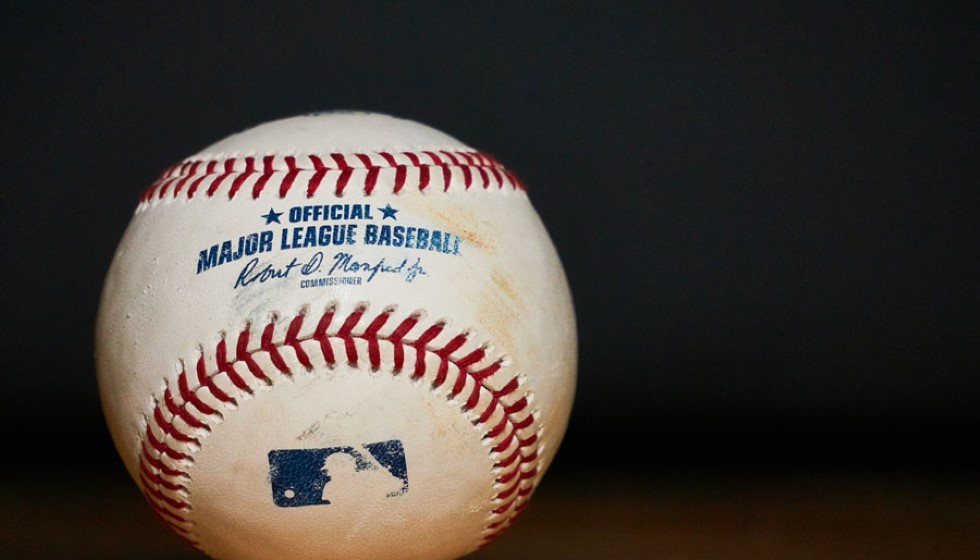
Major League Baseball Draft 2023: Standout Signings and Strategic Moves
The recent Major League Baseball amateur draft was marked by notable movement and committed investments from almost every team, setting the stage for an intriguing upcoming season. The draft saw a considerable number of top prospects committing to their new teams, with only a scant few opting to go unsigned.
Top Picks and Major Signings
Among the prominent names, Trey Yesavage and Vance Honeycutt stood out by inking deals before the signing deadline. Trey Yesavage, selected 20th overall by the Toronto Blue Jays, agreed to a substantial $4,175,000 bonus, underscoring the team's high expectations for the young talent. On the other hand, Vance Honeycutt, picked 22nd by the Baltimore Orioles, secured a $4 million bonus, highlighting the keen competition for top prospects.
Konnor Griffin also made headlines, having been drafted ninth overall by the Pittsburgh Pirates and agreeing to terms for an impressive $6,532,025. The level of commitment shown by these teams reflects their strategic focus on bolstering their rosters with promising young talent.
Unsigned Prospects and Future Compensations
Despite the overwhelming majority of top 315 selected players securing contracts, there were four notable exceptions. Tyler Bell, chosen 66th overall by the Tampa Bay Rays, opted to honor a college commitment to Kentucky, while Chris Levonas, picked 67th by the Milwaukee Brewers, chose Wake Forest instead. Ryan Prager, selected 81st by the Los Angeles Angels, and Jaxon Jelkin, chosen 263rd by the New York Mets, also went unsigned, demonstrating that for some players, collegiate pursuits remain essential before stepping onto the professional stage.
The repercussions of these unsigned prospects are significant for the drafting teams. The Rays, Brewers, and Angels will each receive compensatory picks in next year's draft. Specifically, the Rays gain the 67th pick, the Brewers the 68th, and the Angels will secure an additional selection after the third round. These compensatory selections are crucial as they allow the teams to maintain a degree of flexibility and depth in their future drafting strategies.
Biggest Spenders and Pool Management
This year’s draft featured strategic financial management by all involved teams, with total commitments reaching a staggering $342 million. This figure marks an 8.3% increase from last year's $315.8 million, showcasing the league's growing investment in new talent. Notably, no team exceeded their signing bonus pool by more than the allowable 5%, with 23 teams navigating their limits within this margin.
The most significant spenders were the Cleveland Guardians and the Colorado Rockies, both allocating $19,236,100 to their draft selections. Travis Bazzana, Oregon State's second baseman, signed with the Guardians for $8.95 million after being selected first overall. The Rockies' notable signee, Georgia outfielder Charlie Condon, also secured $9.25 million after being taken third overall. The Cincinnati Reds were not far behind in their investments, spending $17,156,100, highlighted by their signing of Wake Forest right-hander Chase Burns, who also received $9.25 million after being picked second overall.
Other teams like the Oakland Athletics and the Chicago White Sox also made substantial investments, spending $16,103,900 and $15,267,500, respectively. Interestingly, the Houston Astros were the most frugal, allocating $6,210,412 to their picks. The Arizona Diamondbacks achieved a rare feat by spending exactly their pool amount, reflecting precise financial planning.
Strategic Decisions by Players and Teams
For some players, like Caden Kendle, the draft offers a second chance to negotiate better terms. Last year, Kendle was a 10th-round selection by the St. Louis Cardinals but went unsigned. This year, he re-entered the draft, was picked in the fifth round by the Minnesota Twins, and signed for $147,500, demonstrating how strategic decisions and patience can pay off substantially in the long run.
In addition, six teams managed to remain under their signing pool amounts. The Tampa Bay Rays fell short by $250,300, while the Colorado Rockies came in $87,300 under their allocated budget. These calculated underspends can offer future flexibility in an ever-competitive drafting environment.
The 2023 MLB draft has undoubtedly set the stage for exciting developments in baseball's future, with each team's strategic choices and financial investments hinting at the thrilling seasons ahead. As these young talents transition to professional play, fans and analysts alike will closely follow their progress, anticipating the impact they will make on the field.